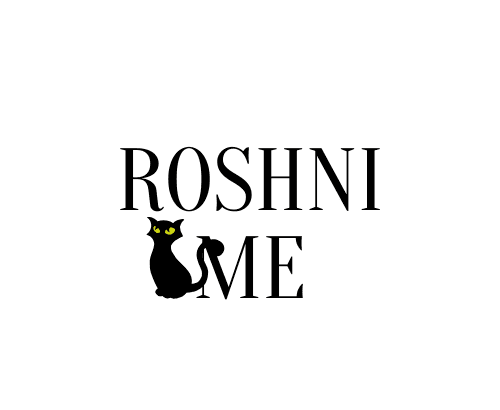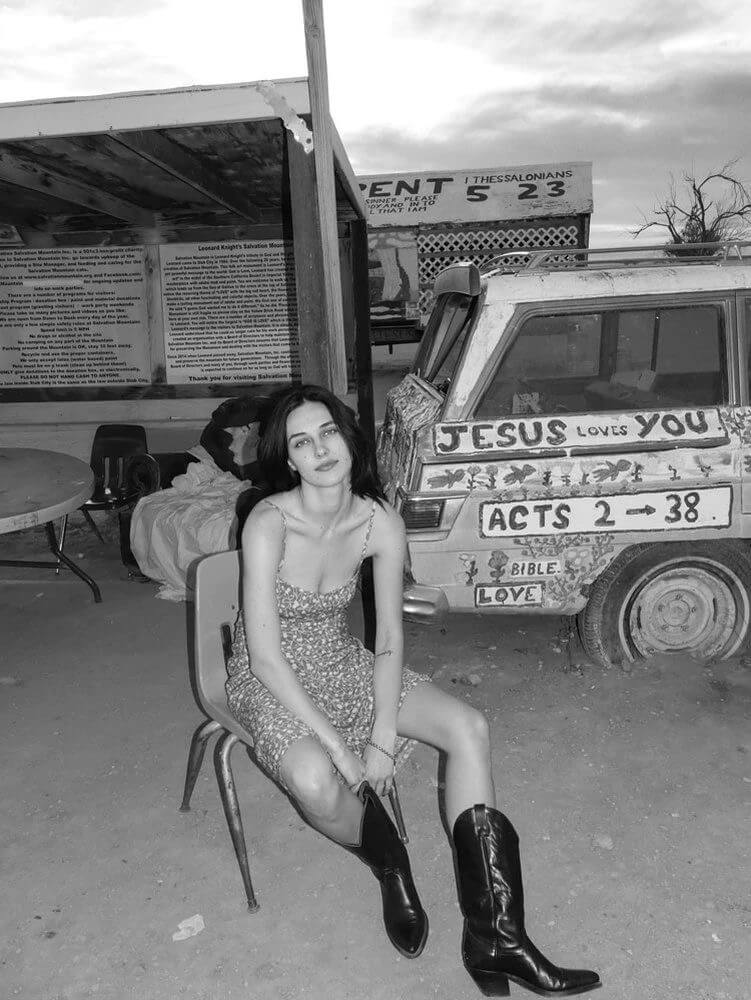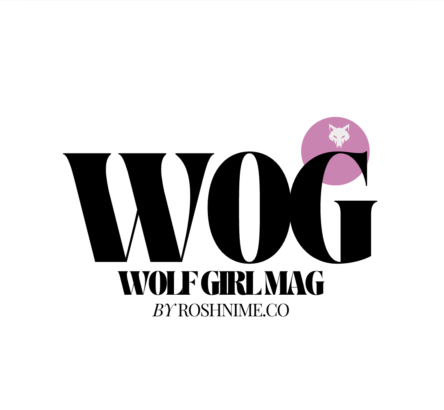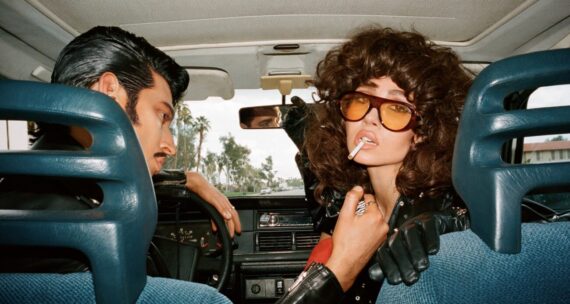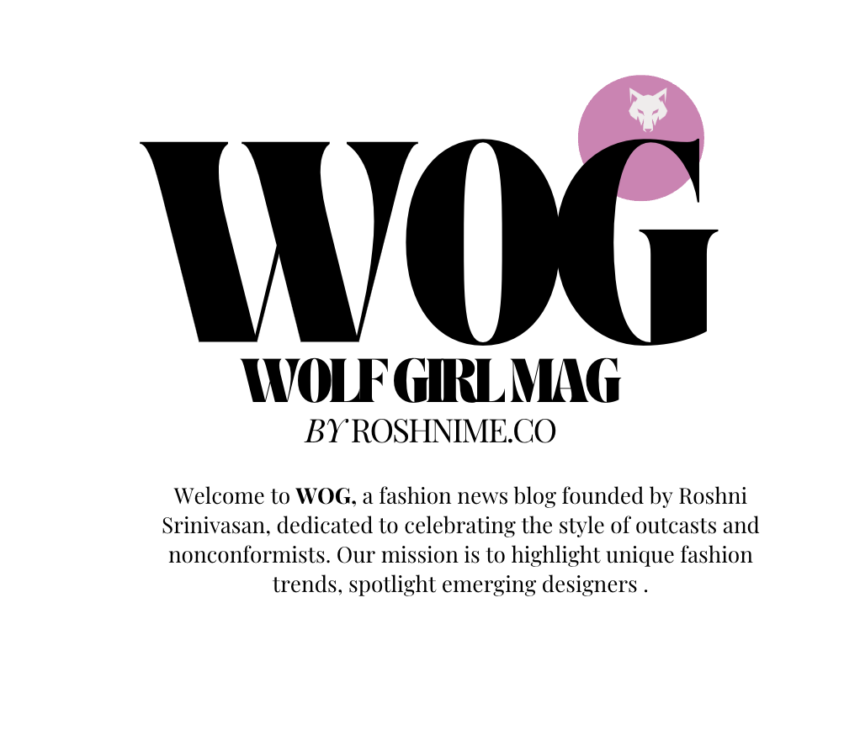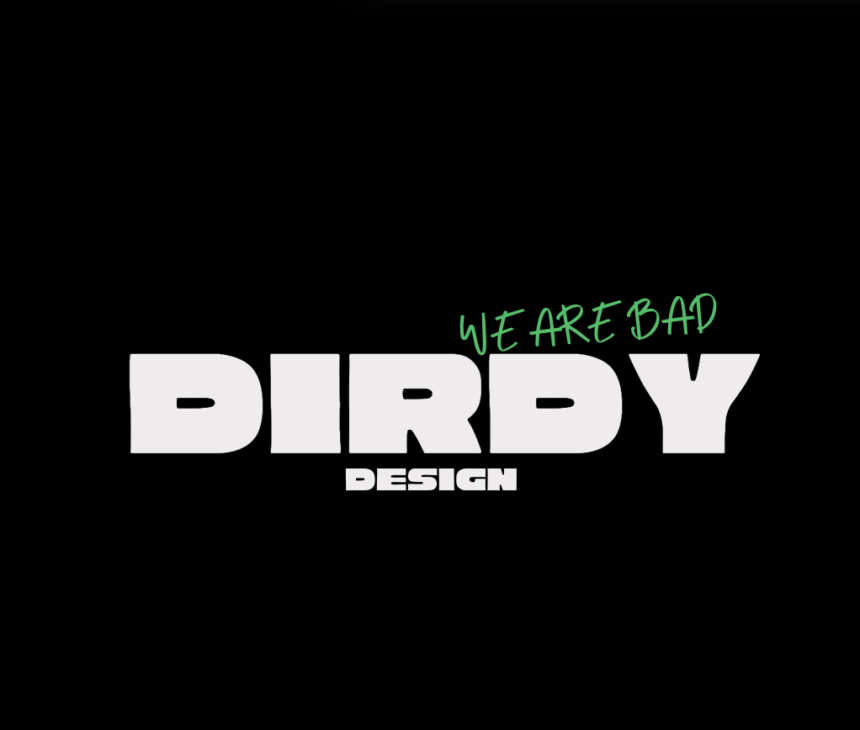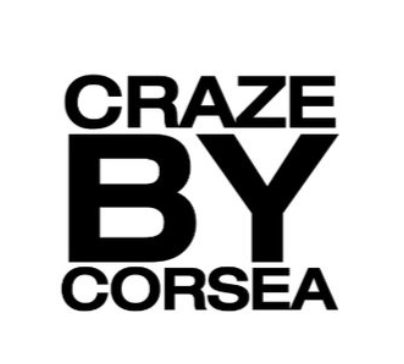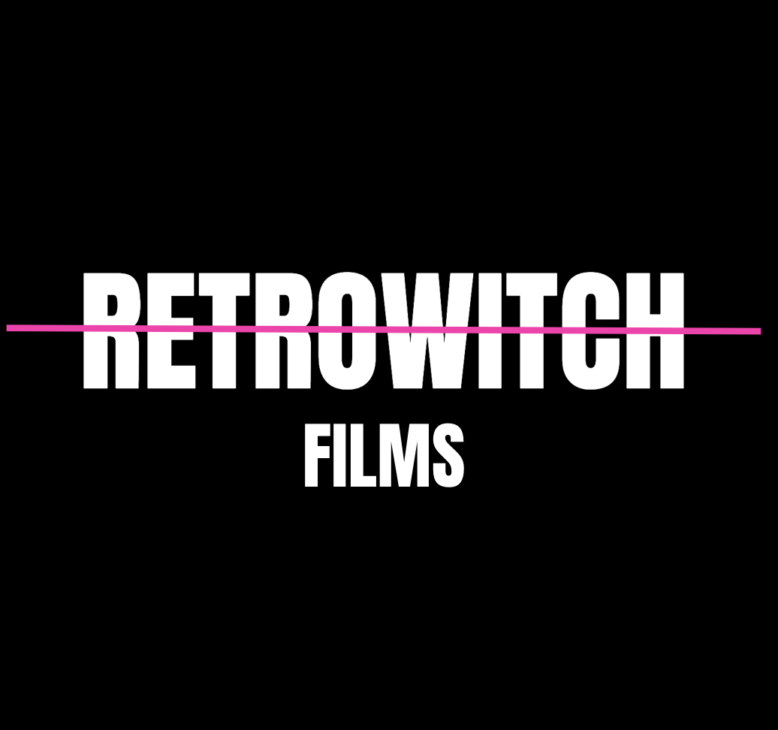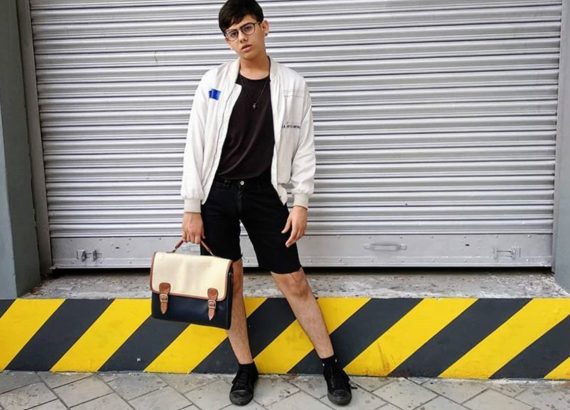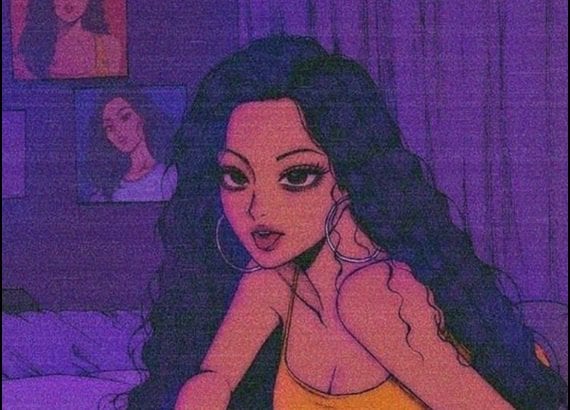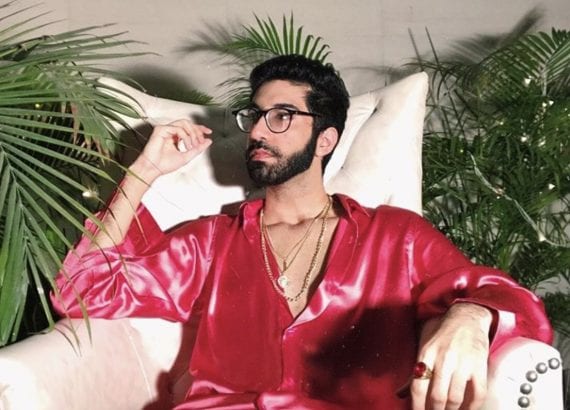ROGUE : Unmasking the Fashion Wizardry or ‘Just-Call-It-Vintage’ Trend? The Truth Revealed!”
In a world captivated by the charm of vintage fashion, thrift stores have become the treasure troves for those seeking unique, timeless pieces. However, before you fall head over heels for that seemingly ‘vintage’ gem hanging on the rack, it’s time to unravel the truth behind thrifted clothes – not everything old is gold, and not every bargain is a steal!
Ever walked by Rogue Garms? then you know exactly what I’m talking about. Kudos to Emma for bringing back Y2K thrifting to the scene coupled with some fantastic interviews with stylish New Yorkers however we all know Vintage is not vintage anymore and thrifting means extra dollar signs.
Step into the world of thrift store shopping, where the thrill of discovery meets the temptation of a fabulous deal. While the racks may be adorned with garments reminiscent of eras gone by, it’s essential to be discerning, for not all thrifted clothes are created equal. First and foremost, let’s dispel the myth that ‘thrifted’ is synonymous with ‘vintage.’ Sure, thrift stores boast an eclectic mix of pre-loved clothing, but not everything you find has the timeless allure of a bygone era. In fact, many items may be more ‘retro’ than ‘vintage,’ a nuance that can have a significant impact on both style and value.
So, how do unsuspecting fashionistas end up with thrifted pieces that are more expensive disappointment than affordable treasure?
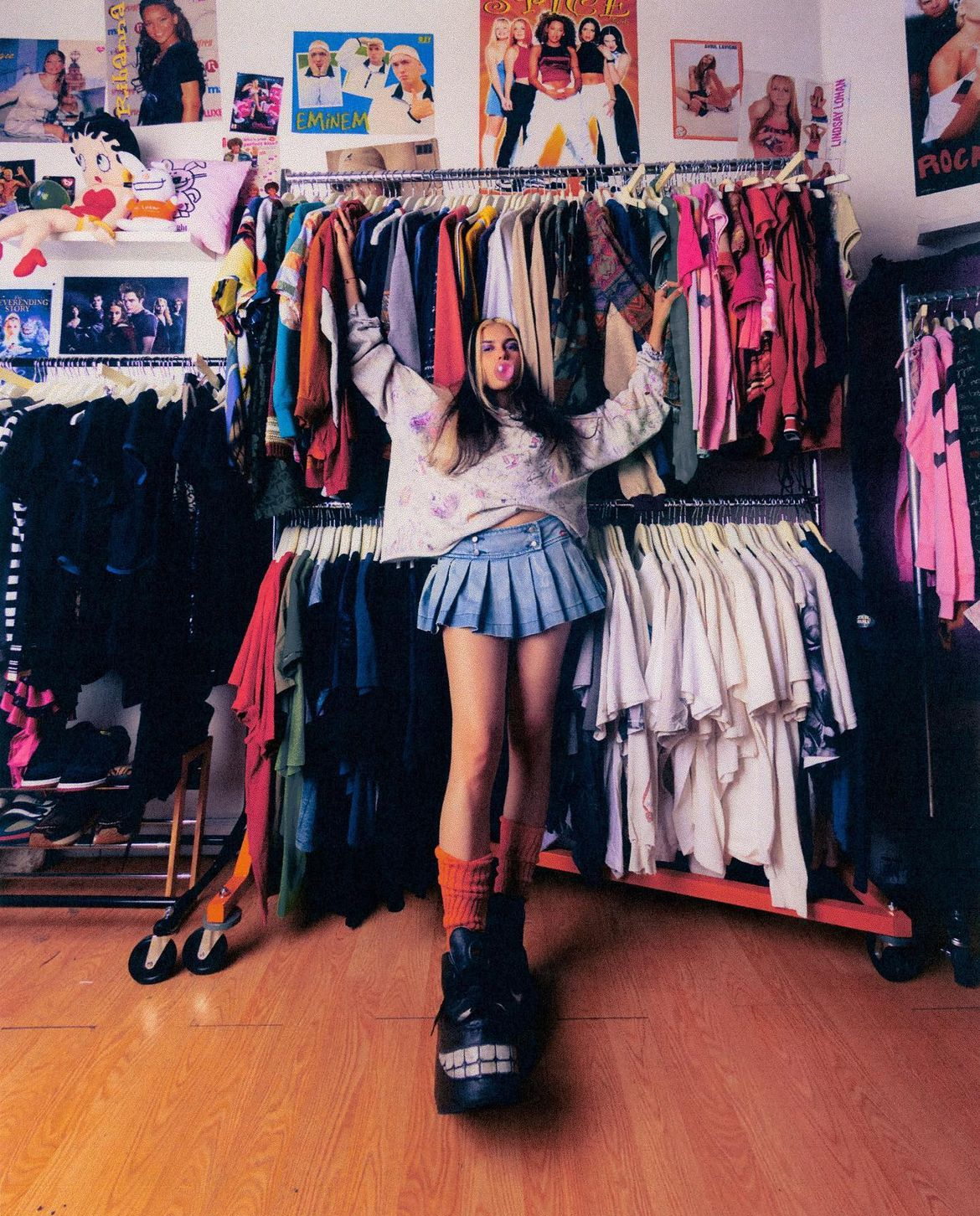
Table of Contents
What is really vintage ?
The key to successful thrift store shopping is to be an informed and savvy shopper. Arm yourself with knowledge about different eras, styles, and fabrics so that you can distinguish between genuine vintage and contemporary imitations. Don’t let the allure of a ‘vintage’ label blind you to the true value of what you’re purchasing.
Vintage pieces can be easily identified if you are familiar with the clothing style- the way the sleeves are stitched or the pattern work specific to an era in fashion that prominently suggests its authenticity in terms of vintage. Many would even consider Y2K pieces vintage – anything pre 2005.
This era was characterized by a fusion of futuristic elements, eclectic influences, and a departure from the minimalism of the preceding decades. Y2K fashion was bold, experimental, and unapologetically vibrant, reflecting the optimism and anticipation of the new millennium.
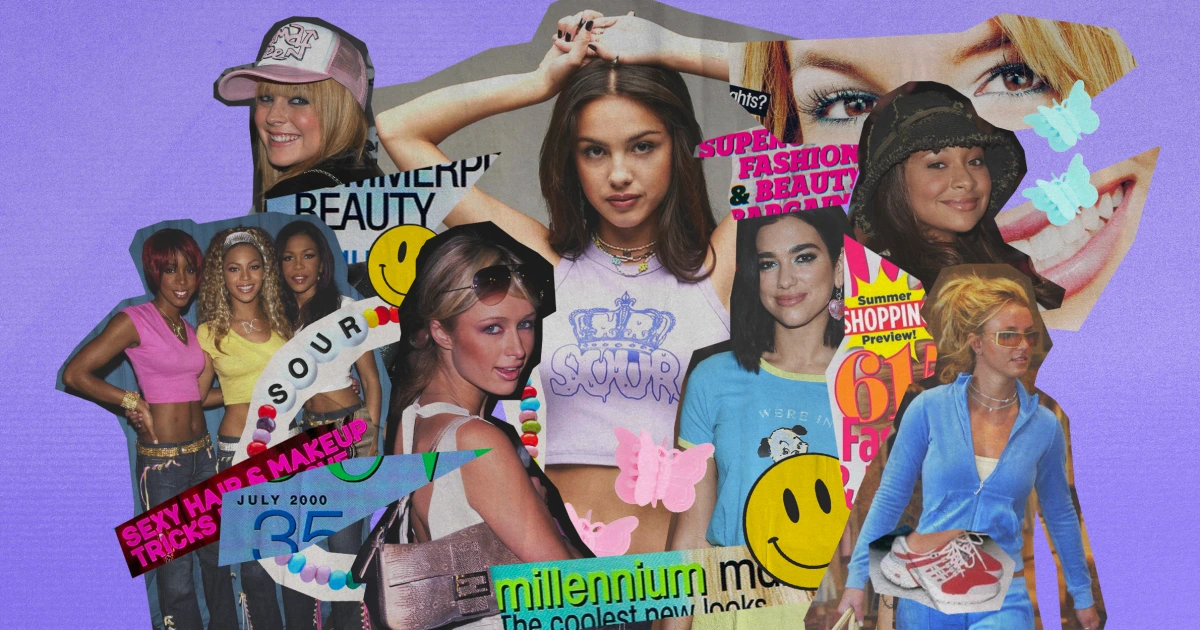
The rise of technology influenced accessories like chunky plastic jewelry, clear vinyl handbags, and futuristic sunglasses. Novelty items like LED accessories and reflective belts were also common. Y2K was also marked by a resurgence of brand logos and monograms. Clothing and accessories featuring prominent logos from designer brands were highly sought after. Logomania became a symbol of status and trendiness.
Besides Y2K finding rare pre 60’s pieces such as quality corsets. Women’s dresses in the pre-1960s era exhibited a variety of styles. The early 20th century saw the popularity of tea dresses, characterized by dropped waists and loose silhouettes.
In the 1950s, full skirts and fitted bodices became fashionable, emphasizing a more feminine and structured look.Day dresses often had modest necklines, while evening gowns were characterized by elegant detailing, including sequins, beads, and embroidery.
Vintage stores today often carry a curated selection of these items, allowing fashion enthusiasts to explore and embrace the styles of the past. While corsets might be less common due to changes in fashion preferences, other elements such as vintage dresses, suits, hats, and accessories remain sought after for their timeless charm and unique craftsmanship.
Finding such clothing is already a rarity which suggests that it would be made available only in very specific vintage stores for higher prices.
Thrifting in New York City – It’s not vintage
Wearing thrifted clothes in New York City, and in many urban areas in general, has become a prominent trend for several reasons, blending a mix of economic, environmental, and stylistic motivations.
The desire to be more environmentally friendly and reduce fashion waste has led many individuals to embrace thrifted clothing. By recycling and upcycling pre-loved garments, people can contribute to sustainable fashion practices and minimize their environmental impact. These ideologies align with the New York thinking and liberal mindset of the youth.
New York City is a hub for diverse fashion subcultures and street style. Thrifted clothing often aligns with the ethos of these subcultures, allowing people to experiment with unconventional and avant-garde styles that might not be readily available in mainstream retail stores.
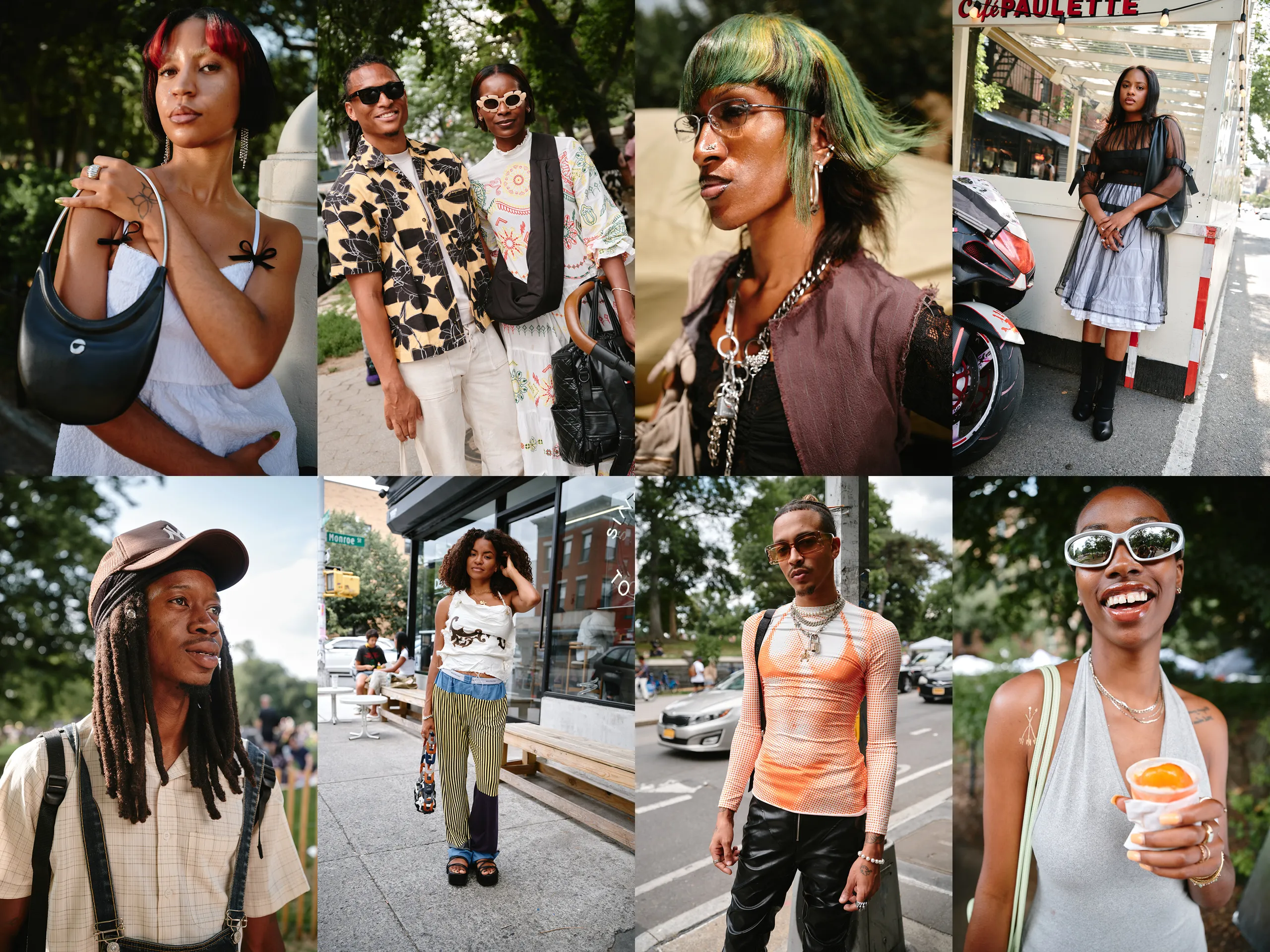
Influencer culture has also in recent years promoted certain aesthetics such as ‘Coquette’, ‘lolita fashion’, ‘witch-core’ which has led to more people being on the hunt for certain vintage pieces that fit into these aesthetics. Hence Thrift stores tend to capitalize on these trends and promote their items in accordance.
SO why do New Yorkers call everything vintage?
New yorker’s simple want to stand out in simple terms. New York City is a global fashion hub, and there’s a strong emphasis on individual style and expressing oneself through clothing. Embracing vintage or vintage-inspired fashion is often seen as a way to stand out and showcase a unique sense of style.
New York City has a thriving thrift store culture, and many people take pride in finding unique second-hand pieces. Even if an item is not technically vintage, if it has a retro look or was purchased from a thrift store, it might be colloquially referred to as “vintage.”
Some fashion brands and retailers use the term “vintage-inspired” to market new clothing lines that draw inspiration from past eras. This can contribute to the perception that modern pieces with a nostalgic design are, in a sense, “vintage.”
It’s essential to note that while the term might be used liberally, there are individuals who are well-versed in true vintage fashion and can accurately identify items from different eras. However, in casual conversations and in the broader fashion culture, the line between vintage and vintage-inspired can sometimes be blurred.
